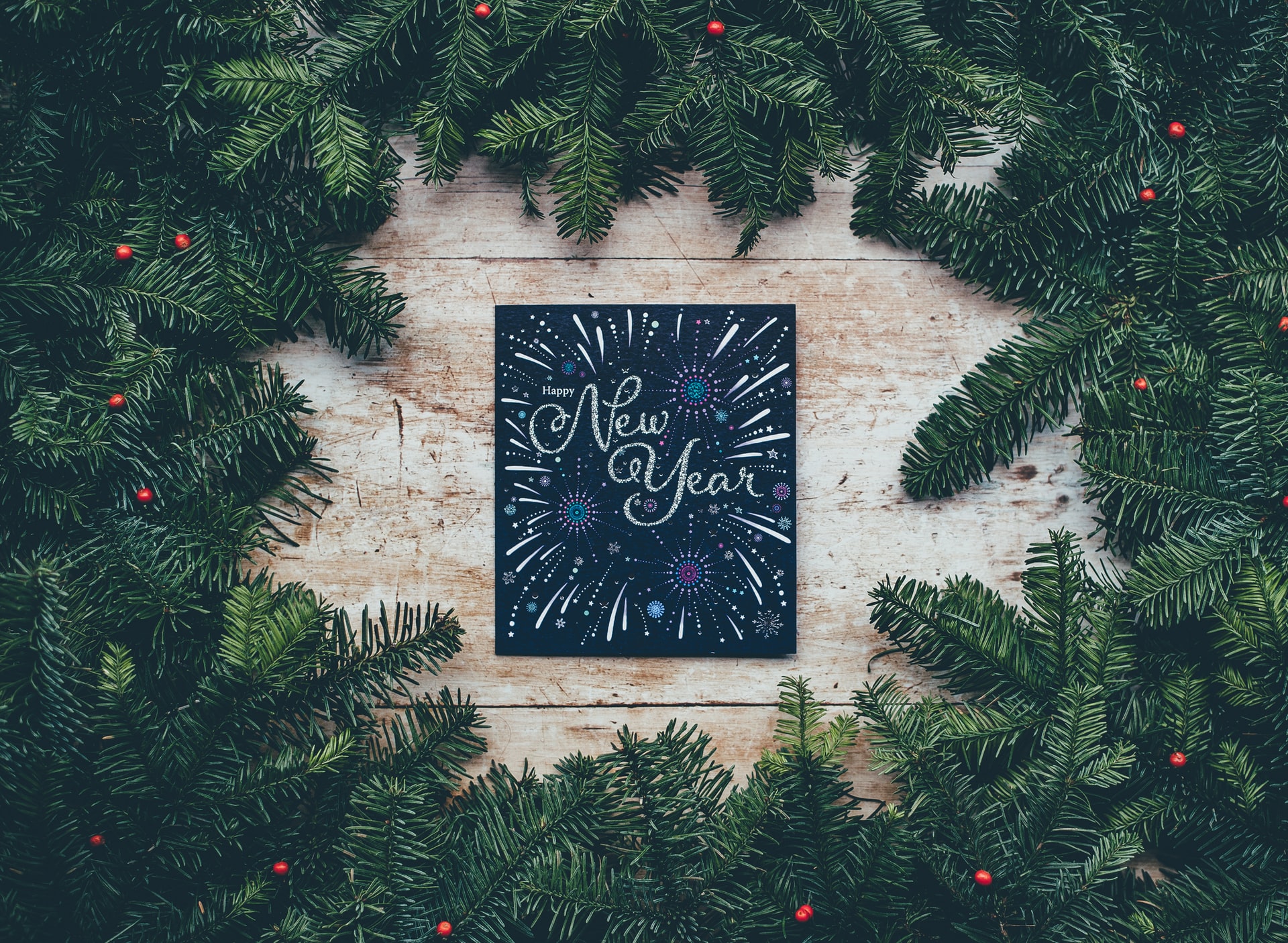
Celebrate the end of 2020 with your immediate household / bubble.
A message from Dr. Shannon McDonald, Acting Chief Medical Officer
This New Year’s Eve will be a special one – we can breathe a collective sigh of relief that the long and challenging year that was 2020 is finally on its way out!
Each of us likely has some good memories and blessings to celebrate from the past several months, as there have been births and weddings and other wonderful happenings just like any other year.
Best of all, we can see the light at the end of tunnel, with vaccines against COVID-19 being approved and beginning to be rolled out to First Nation communities, starting with remote, isolated, and those with COVID-19 outbreaks.
To keep our spirits up, focus on gratitude and all the good that is in our futures when we get back to normal: hugs and visits with friends and family we haven’t seen for months, travel, and much more. We will likely enjoy these things even more when we get them back.
Why we need to stay home for New Year’s Eve
While the start of a New Year is usually something to celebrate, we can’t “ring out the old, ring in the new” as usual quite yet. Traditionally, New Year’s Eve is a time to embrace our families, friends, and loved ones; to enjoy singing, dancing, festive drinking and eating together; and to kiss at midnight. Unfortunately, all of these things carry a significant risk for spreading COVID-19.
To do our part to stop the spread of COVID-19, we’ve got to continue following
public health orders to stay physically apart from anyone other than our immediate household / bubble – our “quaranteam” – until at least January 8th, and likely for some time yet. This includes outdoor or backyard gatherings. Remember, we are following public health orders and recommendations to be sure that we are all here to celebrate together next year.
Consider different ways to celebrate New Year’s Eve. Perhaps watch a New-Year’s-Eve-themed movie, do a games night with your quaranteam, or spend a quiet night reflecting on the past year and setting goals for the new one. If the weather allows, go outside to admire the stars and bang pots and drums at midnight. Here are 15 other things you can do during
a COVID New Year’s Eve.
If you want to celebrate New Year’s Eve with people who are not in your immediate household / bubble, please do so virtually. Following are some of the reasons we all need to avoid getting together in-person for New Year’s Eve parties.
• Parties involve a shared air supply, especially indoors in smaller spaces. Spending hours with people outside of your bubble is risky, even with masks.
• Dancing and singing greatly increases the transmission of airborne infectious particles. Let’s face it -- it’s highly unlikely, even with the best of intentions, that partygoers will stay six feet apart, wearing masks at all times.
• Parties usually involve loud music, which means guests will be speaking more forcefully and loudly, as well as getting closer to hear each other. This is exactly how COVID-19 spreads.
• Where there are several people touching the same surfaces/areas, then touching their face, eyes, nose, or mouth, there is a high risk for COVID-19. Even if guests are provided with hand sanitizers, not all guests will remember to disinfect their hands every time after touching something.
• As for the traditional kissing at midnight – SORRY! This is out of the question unless it’s a member of your immediate household / bubble!
Finally, even though our year-end celebrations have to be different this year, let’s focus on the fact that 2020 is over and we’re entering a New Year full of promise and hope. On New Year’s Eve, snuggle up with the people in your household, share a hot beverage and warm memories, and resolve to keep staying strong and staying the course. Happy New Year to all.

